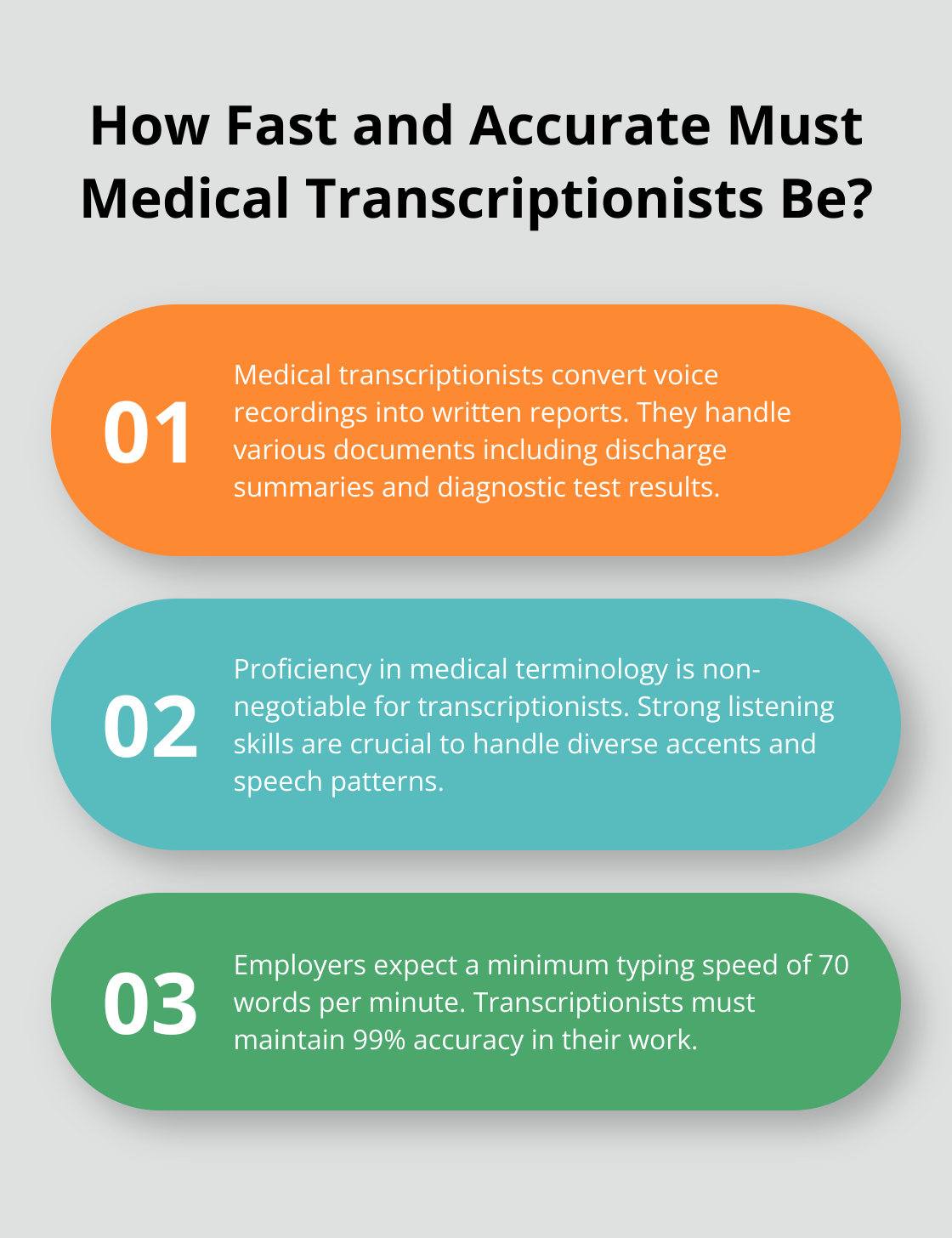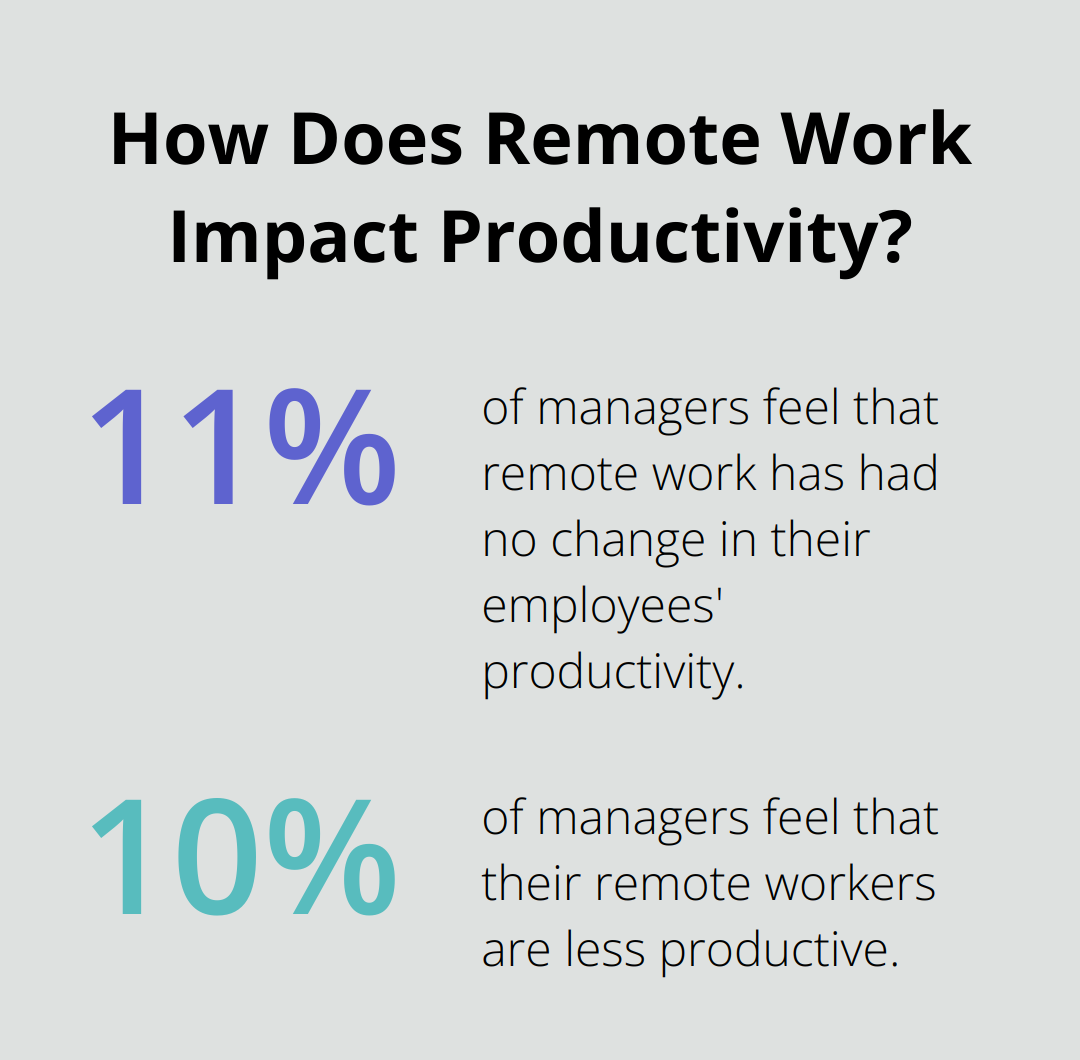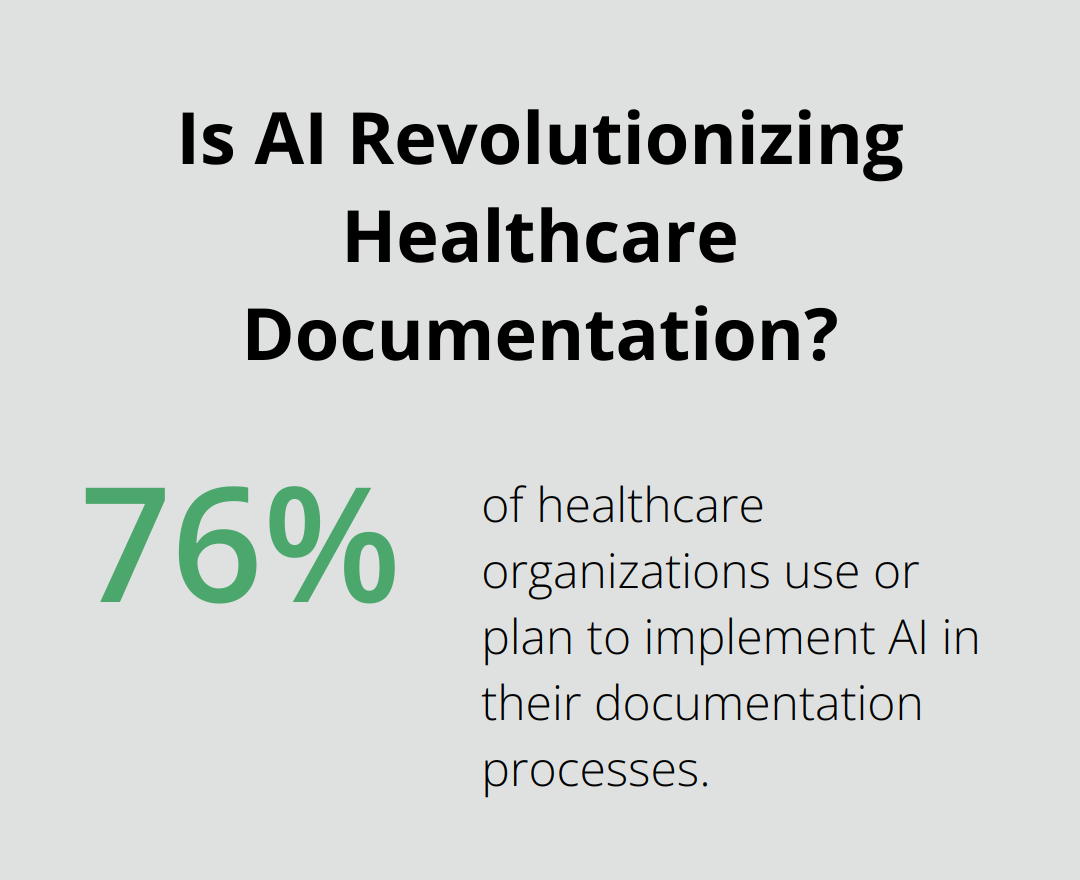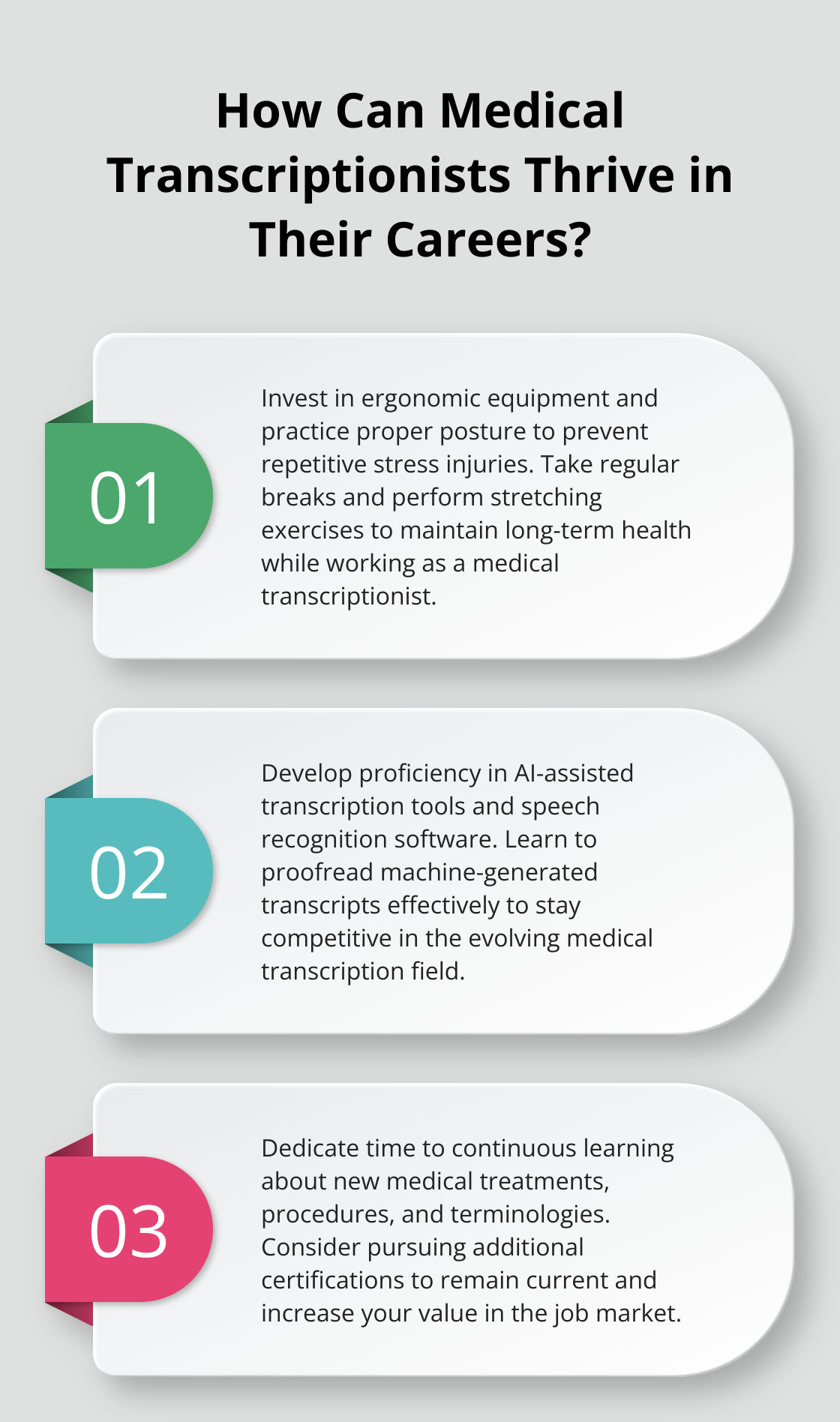Considering medical transcription as a career? At ScriberJoy, we’ve seen many professionals thrive in this field.
Medical transcription offers a unique blend of healthcare involvement and flexible work arrangements. However, it’s not without its challenges, from keeping up with evolving technology to maintaining unwavering accuracy.
In this post, we’ll explore the pros and cons to help you decide if it’s the right path for you.
What Does a Medical Transcriptionist Do?
The Core Responsibilities
Medical transcriptionists serve as a critical link between spoken medical information and written documentation in the healthcare industry. These professionals listen to voice recordings from physicians and other healthcare providers, then convert them into accurate, written reports. Their work encompasses a wide range of medical documents, including discharge summaries, medical histories, and diagnostic test results.
A Day in the Life
The daily routine of a medical transcriptionist involves:
- Listening to dictations
- Typing out medical reports
- Reviewing documents for accuracy
Essential Skills and Qualifications
Success in medical transcription requires a unique skill set:
- Proficiency in medical terminology (non-negotiable)
- Strong listening skills (to handle diverse accents and speech patterns)
- Typing speed and accuracy (most employers expect a minimum of 70 words per minute with 99% accuracy)
- Familiarity with electronic health record (EHR) systems
The Evolving Job Market
The landscape for medical transcriptionists is changing. While traditional roles decline due to advancements in speech recognition technology, new opportunities emerge. The U.S. Bureau of Labor Statistics projects employment growth of 6% from 2023 to 2033 for registered nurses, which is faster than the average for all occupations. However, this statistic doesn’t paint the complete picture for medical transcriptionists specifically.

Many transcriptionists now find new roles in related fields such as medical coding and health information management. Additionally, the rise of telemedicine has created a demand for real-time transcription services.
As the industry shifts, companies like ScriberJoy lead the way with AI-assisted transcription services. These innovative solutions combine technological efficiency with human oversight, ensuring both speed and accuracy in medical documentation.
The next chapter will explore the advantages of pursuing a career in medical transcription, including the flexibility and potential for professional growth in this dynamic field.
Why Medical Transcription Stands Out as a Career Choice
Unparalleled Flexibility and Work-Life Balance
Medical transcription offers a level of flexibility that few other careers can match. Many transcriptionists work from home, creating schedules that align perfectly with their lifestyles. This flexibility proves particularly advantageous for parents, caregivers, or individuals seeking an improved work-life balance. A recent survey found that just 11% of managers feel that remote work has had no change in their employees’ productivity, while another 10% feel that their remote workers are less productive.
Potential for Stable Income
While salaries vary, medical transcription provides opportunities for a stable income. As of May 2023, the U.S. Bureau of Labor Statistics reported a median annual wage of $37,060 for medical transcriptionists. However, specialists in certain medical fields or those with additional certifications can earn more. For example, transcriptionists who focus on radiology or pathology often command higher rates due to the complexity of the terminology involved.
Continuous Learning and Professional Growth
The medical field evolves constantly, and so does the role of medical transcriptionists. This dynamic environment offers numerous opportunities for ongoing learning and professional development. Many transcriptionists find satisfaction in expanding their knowledge of medical terminology, procedures, and healthcare trends. As the industry shifts towards more integrated roles, transcriptionists can explore career paths in health information management, medical coding, or even quality assurance.
Technological Advancements and Skill Enhancement
The integration of AI-assisted transcription tools (such as those offered by ScribeJoy) has revolutionized the field. These technologies not only enhance efficiency but also provide transcriptionists with exposure to advanced systems, further broadening their skill set. Adapting to these new tools can position transcriptionists at the forefront of the evolving healthcare documentation landscape.
Healthcare Involvement Without Direct Patient Contact
For those interested in the medical field but prefer not to work directly with patients, medical transcription offers an ideal solution. Transcriptionists play a vital role in healthcare documentation without the need for face-to-face patient interactions. This aspect of the job appeals to individuals who want to contribute to healthcare while maintaining a degree of separation from the clinical environment.

The field of medical transcription continues to adapt and present new opportunities. In the next section, we’ll examine some of the challenges and considerations that come with this career path, providing a balanced view to help you make an informed decision.
The Hidden Challenges of Medical Transcription
The AI Revolution in Transcription
Artificial intelligence integration in medical transcription reshapes the industry. AI-assisted tools enhance operational efficiency but require transcriptionists to develop new skills. Professionals must learn to work alongside AI, proofread machine-generated transcripts, and understand speech recognition software nuances.

A study by the American Health Information Management Association (AHIMA) revealed that 76% of healthcare organizations use or plan to implement AI in their documentation processes. This shift demands tech-savvy transcriptionists who adapt to new systems continually.
The Pressure of Perfection
Accuracy in medical transcription impacts patient safety. A single misplaced decimal point or incorrectly transcribed medication name can lead to serious consequences. The pressure to maintain near-perfect accuracy while meeting tight deadlines intensifies the job.
The Association for Healthcare Documentation Integrity (AHDI) is primarily concerned with the adoption of standards in areas of patient reports that directly impact patient safety. This level of precision requires unwavering focus and attention to detail, which taxes professionals mentally over long periods.
The Physical Toll of Transcription
Extended typing and sitting hours can result in repetitive stress injuries (RSIs) such as carpal tunnel syndrome or back pain. The U.S. Bureau of Labor Statistics reports that medical transcriptionists experience a higher rate of injuries and illnesses compared to the national average for all occupations.
To reduce these risks, transcriptionists must invest in ergonomic equipment and practice proper posture. Regular breaks, stretching exercises, and ergonomic assessments prove crucial for maintaining long-term health in this profession.
Keeping Pace with Medical Advances
The medical field evolves constantly, with new treatments, procedures, and terminologies emerging regularly. Transcriptionists must stay current with these changes to accurately transcribe medical reports. This ongoing education consumes time and sometimes incurs costs.
The Journal of AHIMA notes that medical knowledge doubles every 73 days, highlighting the rapid pace of change in healthcare. For transcriptionists, this translates to dedicating time to continuing education and possibly pursuing additional certifications to remain competitive in the job market.
Navigating Technological Changes
As technology advances, transcriptionists must adapt to new software and tools. This adaptation includes learning to use electronic health record (EHR) systems, voice recognition software, and specialized transcription platforms (such as ScribeJoy).
The constant evolution of technology in healthcare requires transcriptionists to stay updated with the latest developments. This ongoing learning curve can present challenges, especially for those who struggle with technological changes or prefer traditional methods of transcription.
Final Thoughts
Medical transcription as a career offers unique advantages and challenges. The flexibility to work from home, stable income potential, and contribution to healthcare without direct patient contact appeal to many professionals. However, the rapid integration of AI and speech recognition software reshapes the industry, which requires transcriptionists to adapt and expand their skill sets.

The future of medical transcription intertwines with technological advancements. While traditional roles may decline, new opportunities emerge in related fields such as medical coding and health information management. Professionals who embrace these changes and diversify their skills will position themselves well for success in this evolving landscape.
For those who seek to enter or advance in the field, innovative solutions like ScribeJoy lead the way. ScribeJoy combines AI efficiency with human expertise, which offers a glimpse into the future of medical documentation. This approach enhances accuracy and speed, and it opens up new avenues for transcriptionists to apply their skills in a technologically advanced environment.

Leave a Reply
You must be logged in to post a comment.